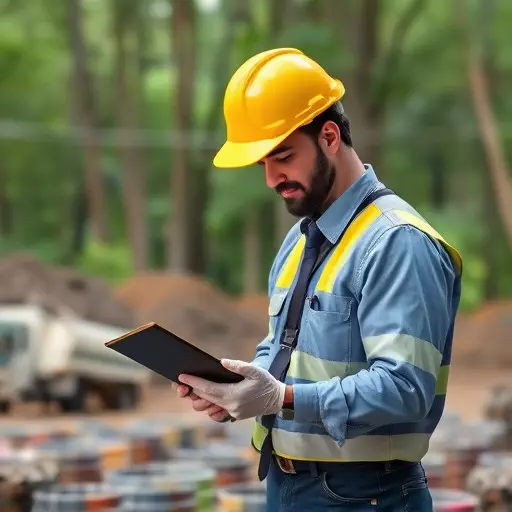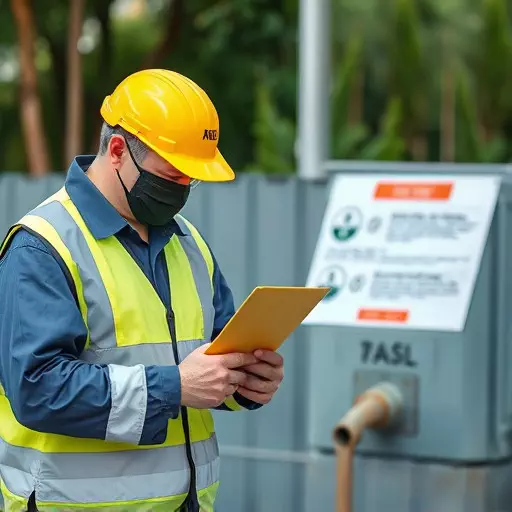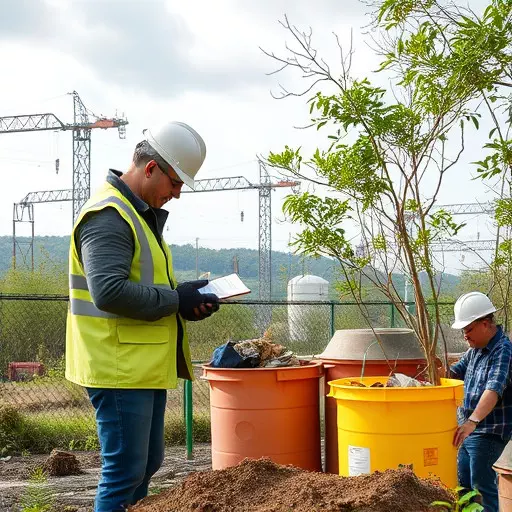TL;DR: Environmental compliance inspections are systematic evaluations by authorized bodies to ensure businesses adhere to regulations on pollution control, waste management, and ecological preservation. These audits, including hazardous waste management reviews, are crucial for identifying and mitigating risks associated with dangerous substances. Regular participation not only meets legal obligations but also promotes responsible environmental stewardship practices, contributing to a safer, more sustainable business landscape. Key elements include environmental regulatory frameworks and hazardous waste management audits.
Permitting and licensing audits are critical processes ensuring businesses comply with environmental regulations. This comprehensive guide delves into essential aspects of environmental compliance inspections, offering a global perspective on intricate regulatory frameworks. From understanding the basics to navigating complex hazardous waste management audits, we explore key components and best practices. Learn how licensing plays a pivotal role in permitting processes and discover strategies for preparing and conducting effective audits, ensuring sustainable operations and minimising legal risks.
- Understanding Environmental Compliance Inspection: The Basics and Importance
- Navigating Environmental Regulatory Frameworks: A Global Perspective
- Hazardous Waste Management Audit: Key Components and Best Practices
- The Role of Licensing in Environmental Permitting Processes
- Preparing for and Conducting Effective Permitting and Licensing Audits
Understanding Environmental Compliance Inspection: The Basics and Importance
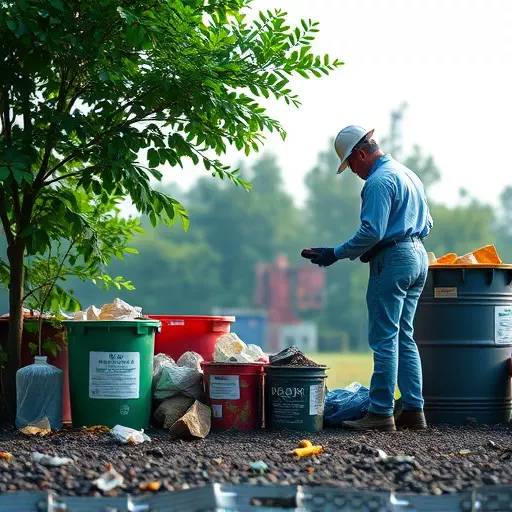
Environmental compliance inspections are crucial processes that ensure businesses and organisations adhere to relevant environmental regulatory frameworks. These inspections, often conducted by authorised bodies, involve a thorough review of operations, documentation, and facilities to verify compliance with laws and regulations related to pollution control, waste management, and ecological preservation.
For instance, a hazardous waste management audit is a specific type of inspection that focuses on the safe handling, storage, and disposal of dangerous substances. It’s vital for companies dealing with hazardous materials to undergo these audits regularly to safeguard employees, surrounding communities, and the environment from potential risks. Such inspections not only maintain adherence to legal requirements but also promote best practices in environmental stewardship.
Navigating Environmental Regulatory Frameworks: A Global Perspective
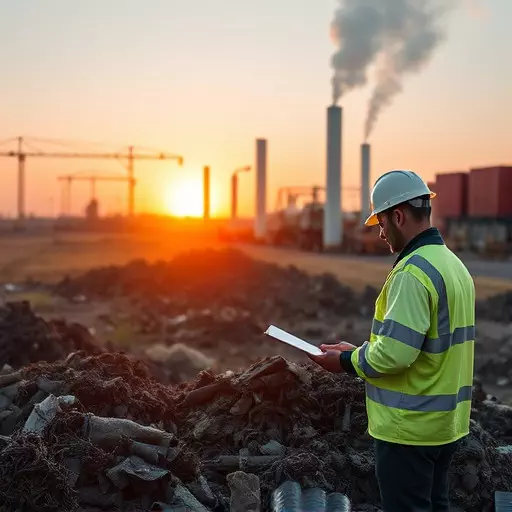
Navigating Environmental Regulatory Frameworks: A Global Perspective
In today’s interconnected world, businesses operating across borders must grapple with a complex web of environmental regulatory frameworks. An environmental compliance inspection often serves as a critical checkpoint to ensure adherence to these global standards aimed at preserving ecosystems and public health. Every nation, even those with similar economic structures, crafts its own set of rules governing pollution control, waste management, and sustainable practices, including specific guidelines for hazardous waste management audits. Staying compliant involves continuous learning and adaptation to these evolving regulations.
Regulatory frameworks are designed to protect the environment while fostering economic growth, but their diversity can pose challenges for multinational corporations. For instance, a company conducting global operations must understand and adhere to not only domestic environmental laws but also those of each country where it operates. This necessitates rigorous internal audits that scrutinize hazardous waste management practices, ensuring compliance with local environmental regulatory frameworks, thereby avoiding hefty penalties and reputational damage.
Hazardous Waste Management Audit: Key Components and Best Practices
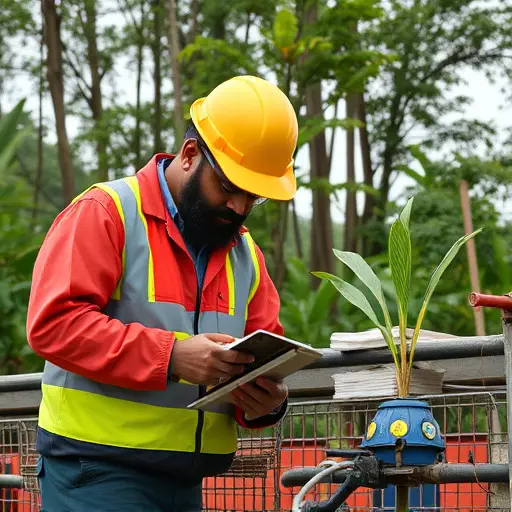
The Role of Licensing in Environmental Permitting Processes
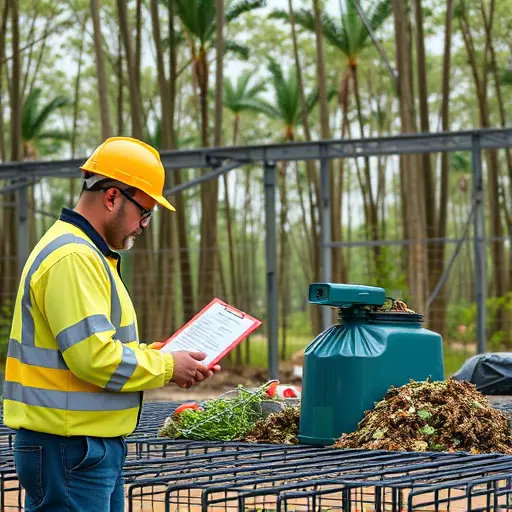
In the intricate dance of environmental stewardship, licensing plays a pivotal role in ensuring that businesses and industries navigate the labyrinthine paths of environmental compliance with precision and responsibility. Environmental regulatory frameworks, meticulously crafted by governing bodies, serve as the bedrock for this process. These frameworks dictate the conditions under which facilities can operate, including specific requirements for waste management, emissions control, and other operational aspects that impact the environment.
A crucial component within these frameworks is the environmental compliance inspection, often referred to as a hazardous waste management audit. These audits are designed to verify that licensed operations adhere to the established regulations. By mandating such audits, regulatory bodies underscore their commitment to upholding environmental integrity. This proactive approach not only deters non-compliance but also fosters an industry culture that prioritizes sustainable practices and responsible hazard management, ultimately contributing to a cleaner, safer environment for all.
Preparing for and Conducting Effective Permitting and Licensing Audits

Preparing for an effective permitting and licensing audit involves a strategic approach to ensure comprehensive coverage of all relevant environmental compliance requirements. Organizations should initiate the process by thoroughly reviewing their operational activities, facilities, and existing permits and licenses. This includes identifying potential areas of non-compliance, understanding applicable environmental regulatory frameworks, and gathering necessary documentation. A detailed plan should be developed, outlining the scope of the audit, key objectives, and resources required to facilitate a systematic review.
During the audit conduct, it is imperative to involve subject matter experts and ensure adherence to best practices. This entails meticulously examining records, conducting interviews with relevant personnel, and physically inspecting facilities for compliance with environmental regulatory frameworks. For hazardous waste management audits, specific protocols must be followed, including verifying proper waste identification, handling, storage, and disposal practices. Engaging in open communication with regulators and addressing any non-compliance issues promptly can help organizations strengthen their environmental stewardship and maintain a positive reputation.
